More fun in Nairobi April 29, 2024


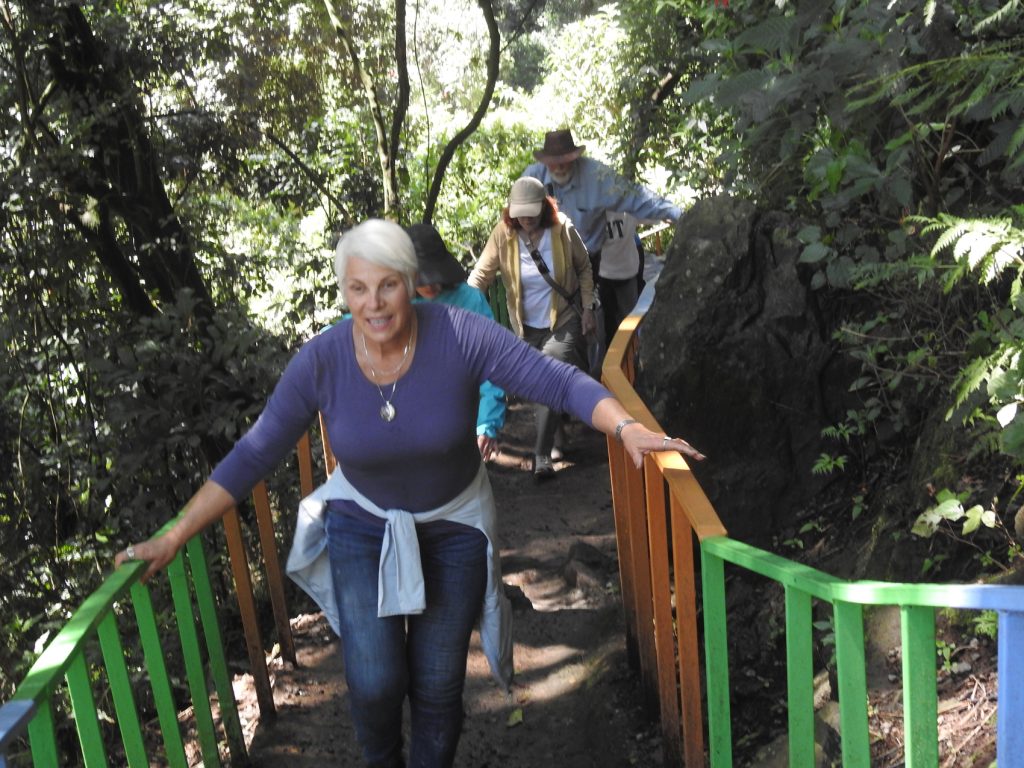

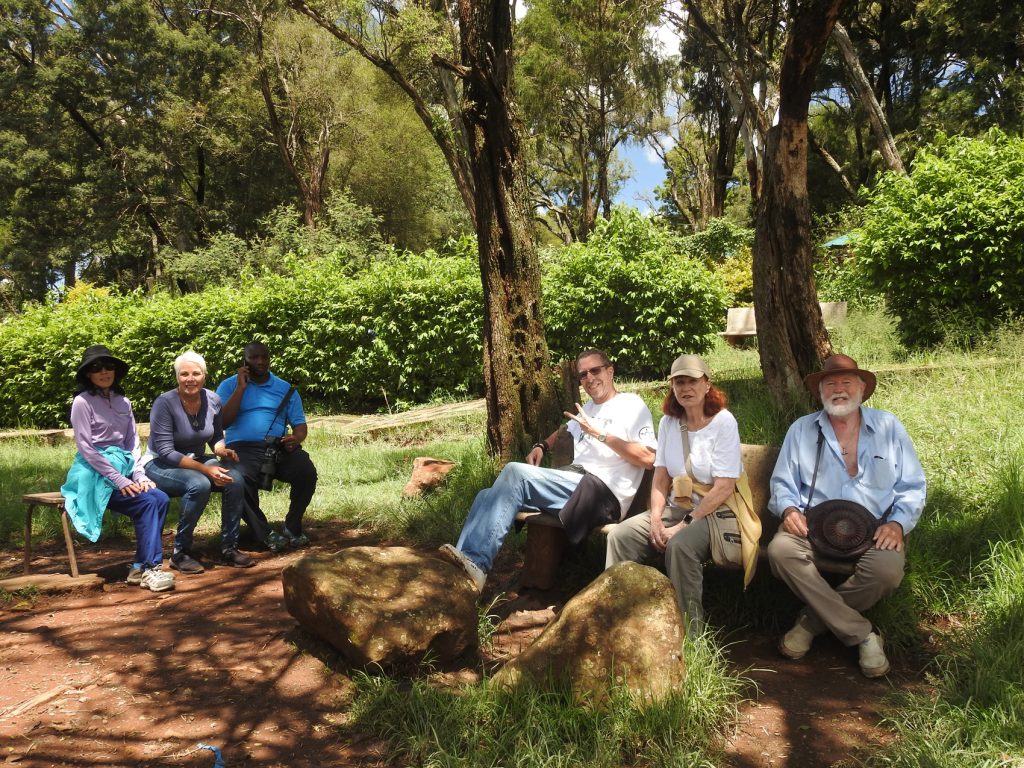





Trip to Nairobi






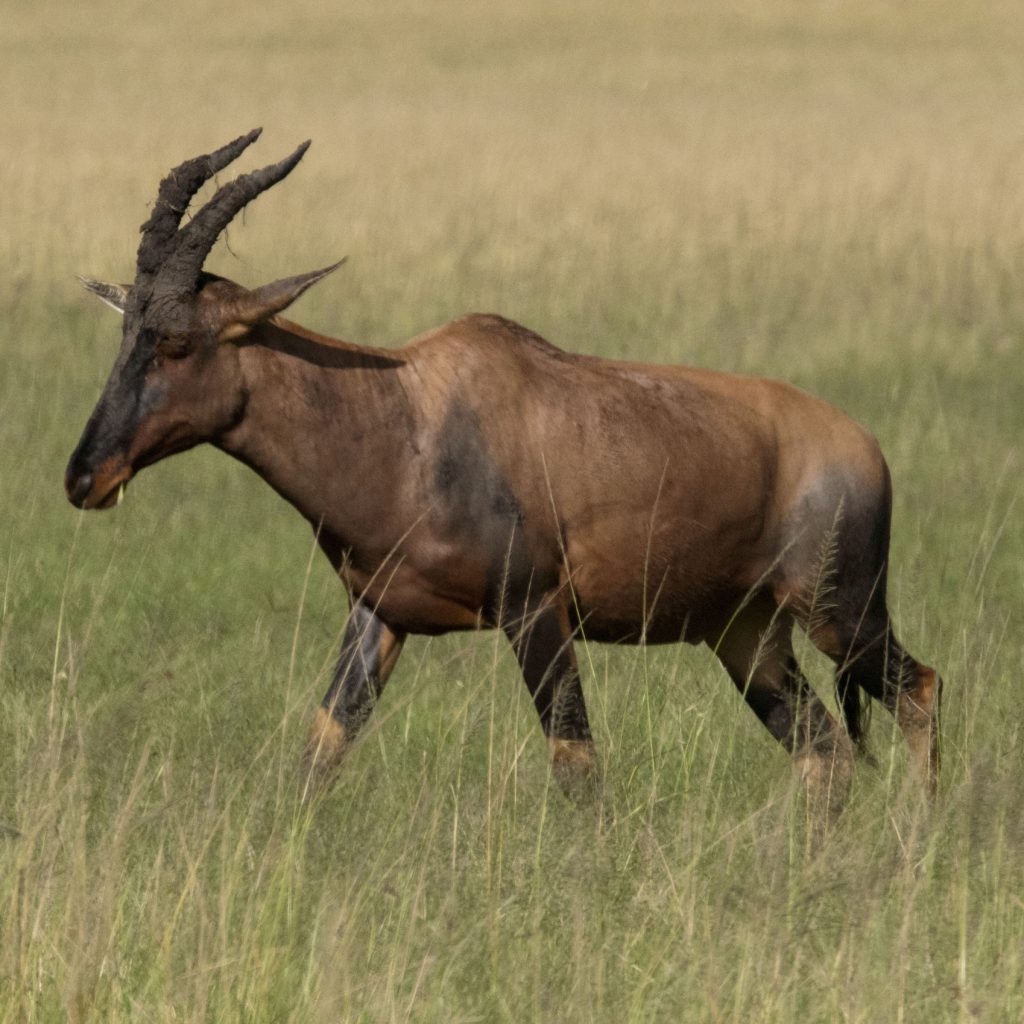


















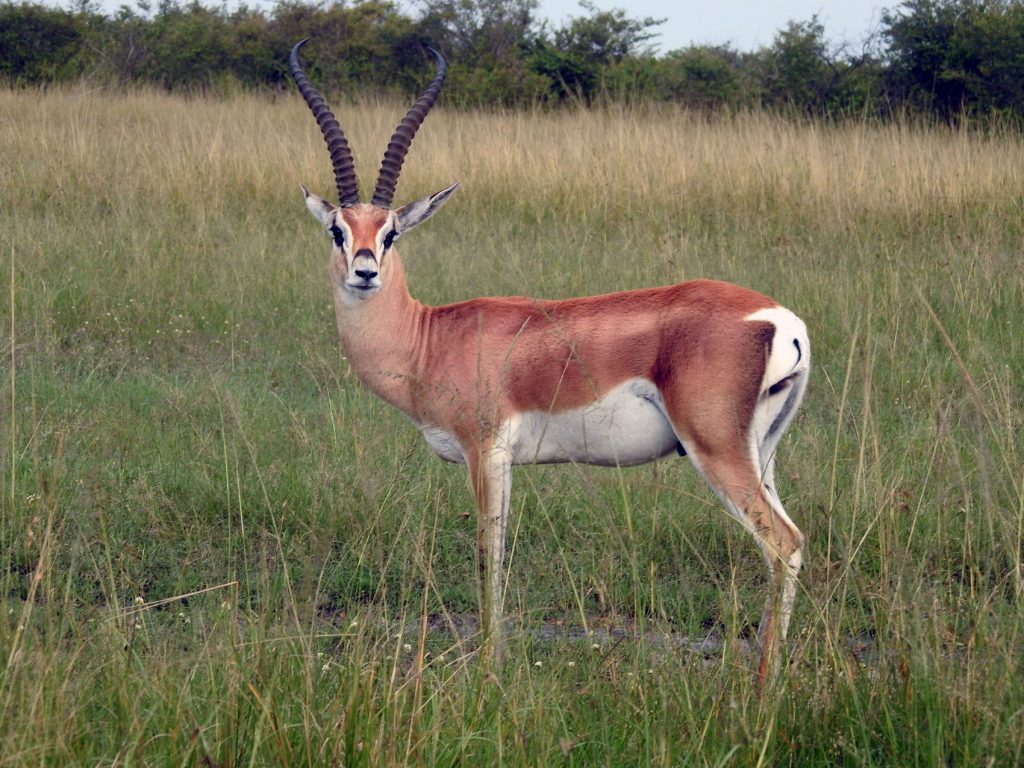





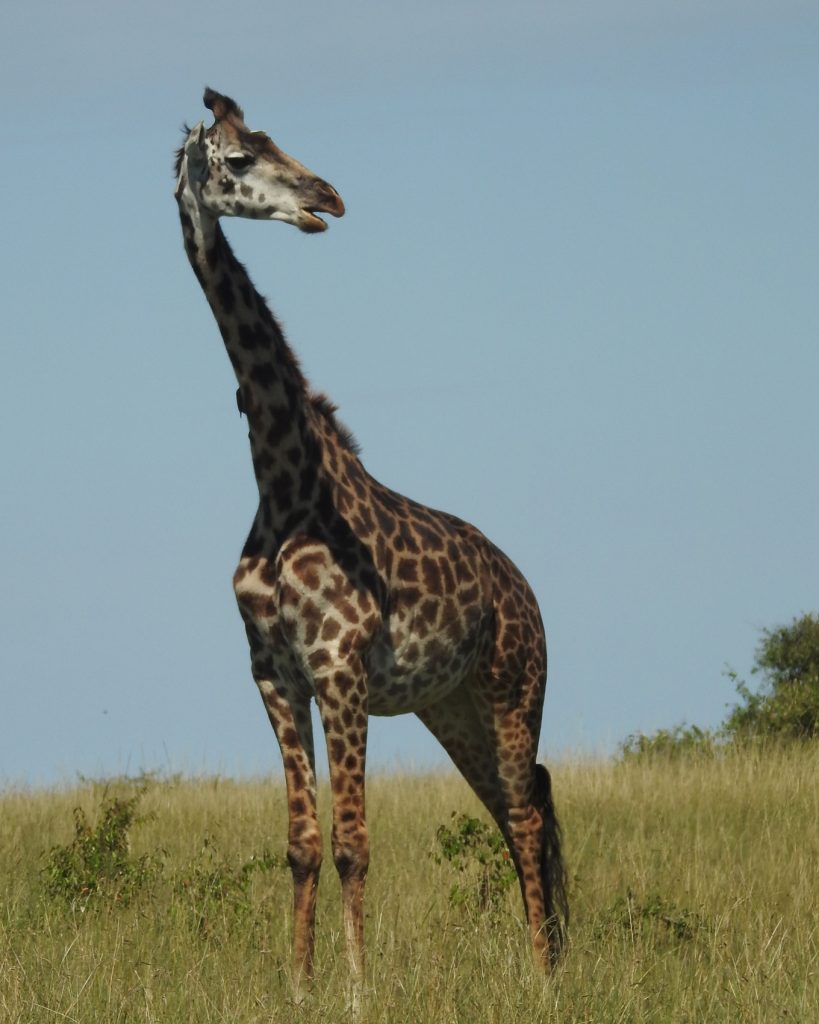



















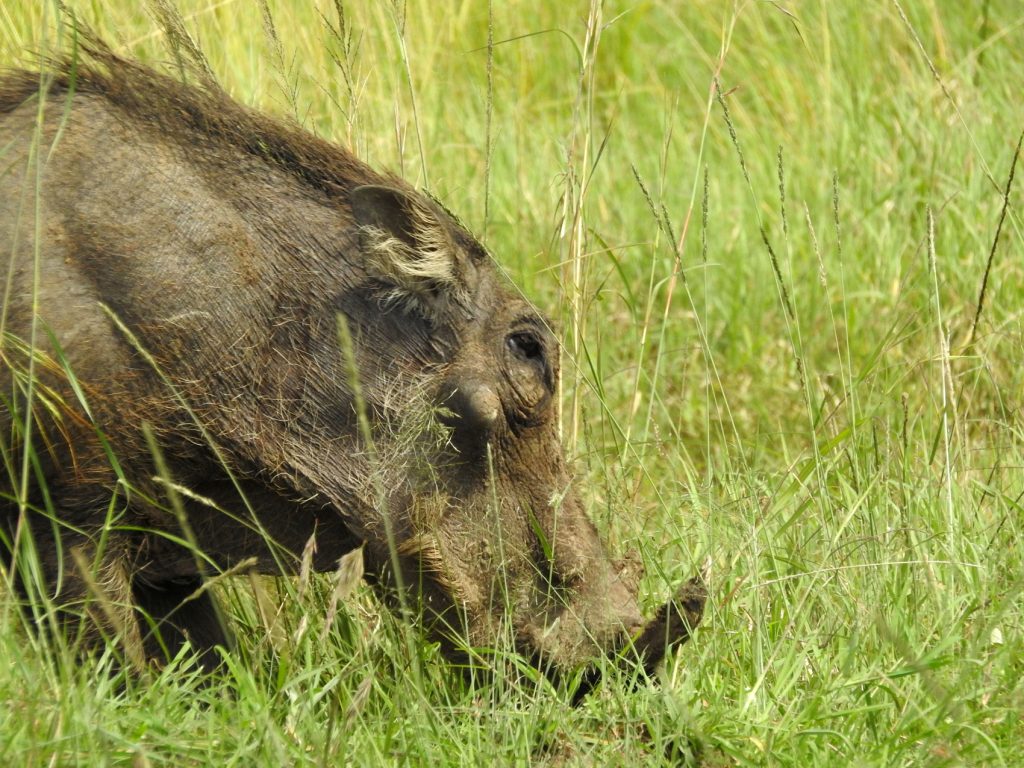
April 19, 2024
Another great day, cool and sunny, no wind.
Three ducklings, lots of birds.

























April 15, 2024
Awesome day, ducklings, Kingfisher!










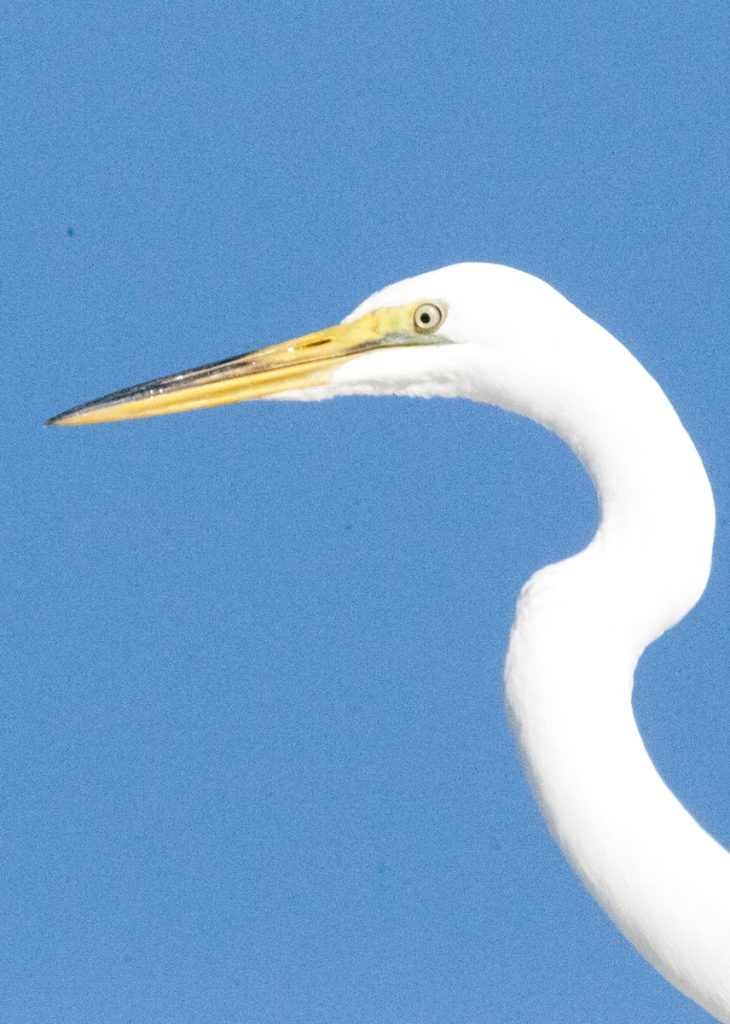
















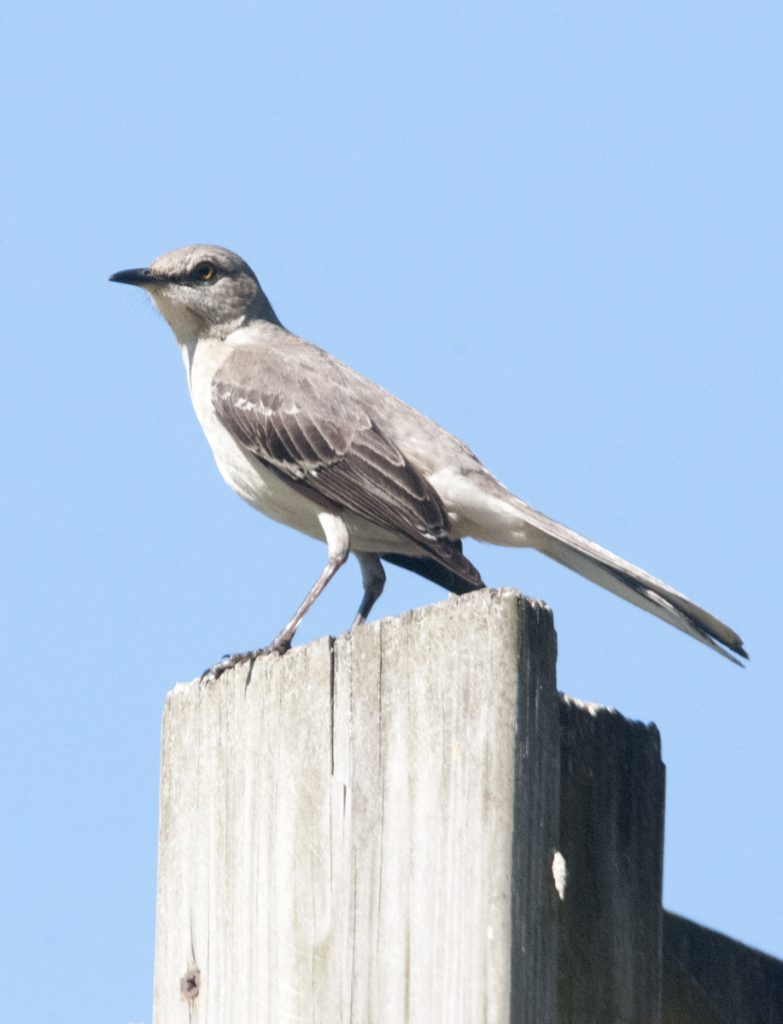




April 14, 2024
Another great day, manatees, birds, nice day.














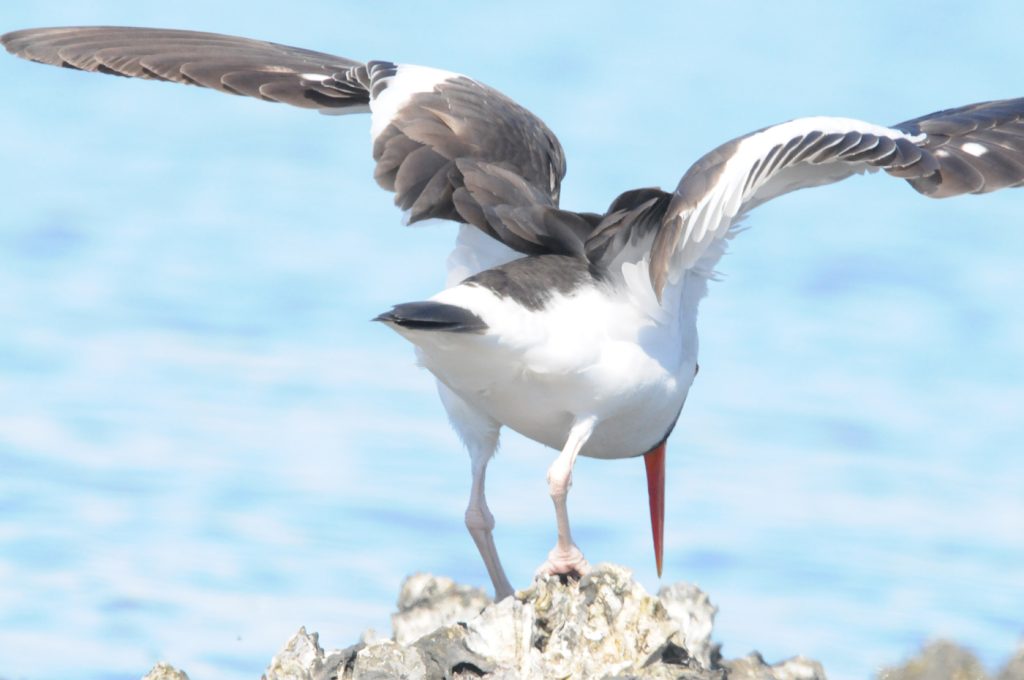




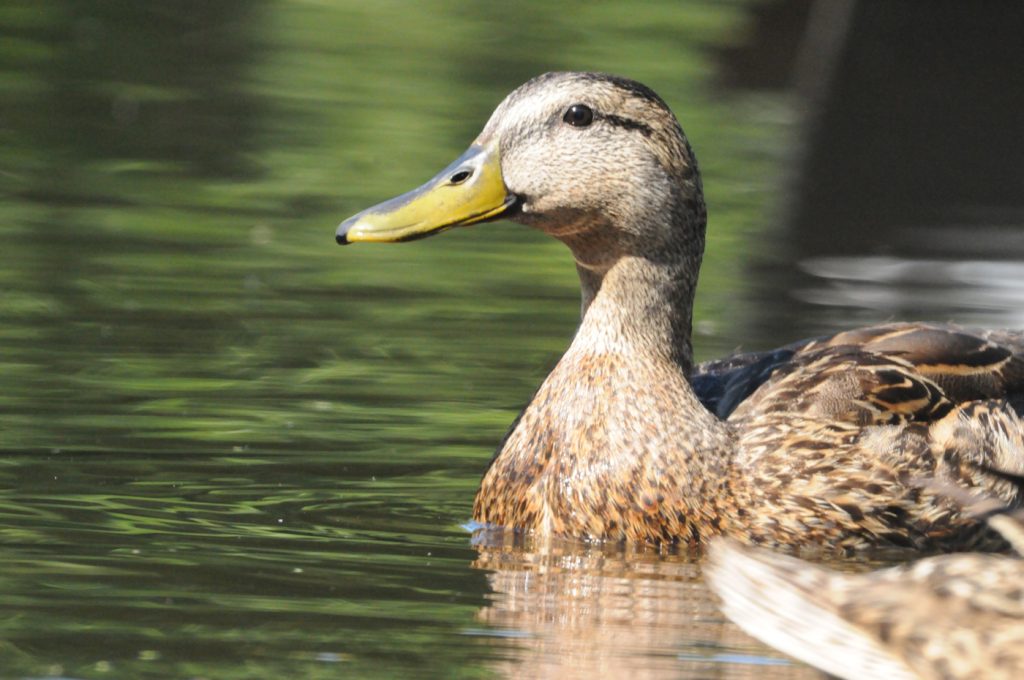









April 13, 2024
Lots of birds, Anhingas and Great Blue Herons!












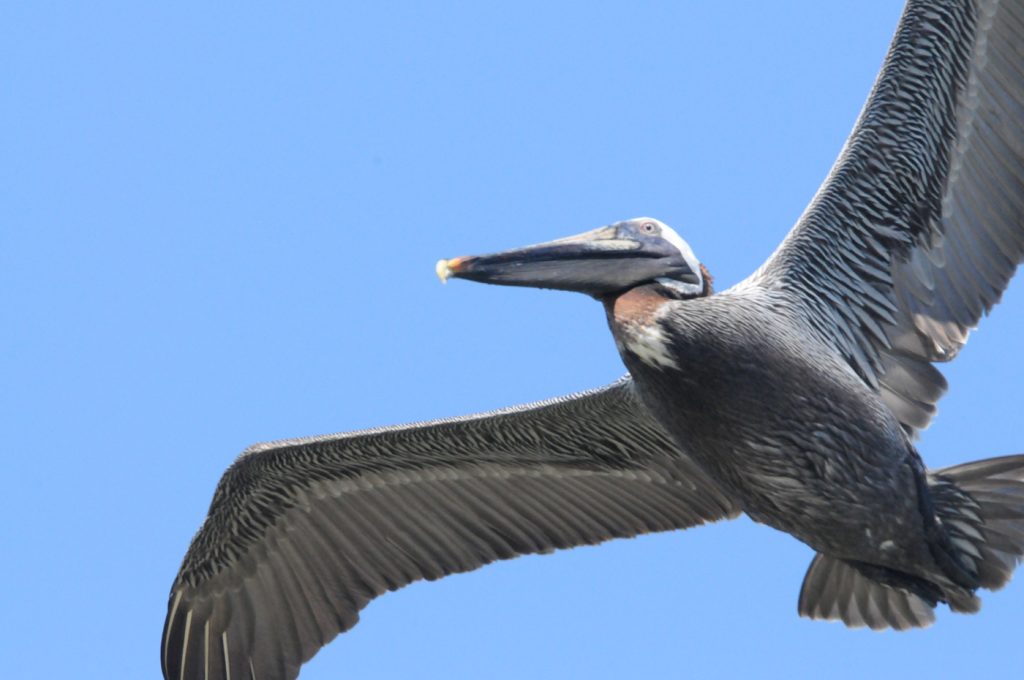



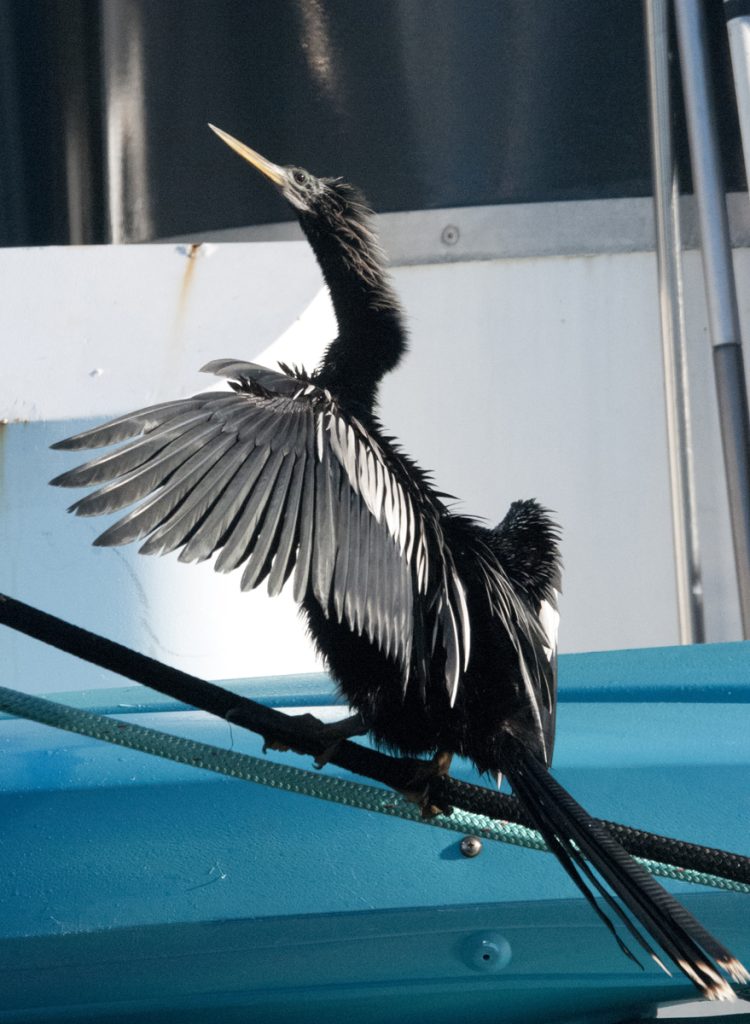









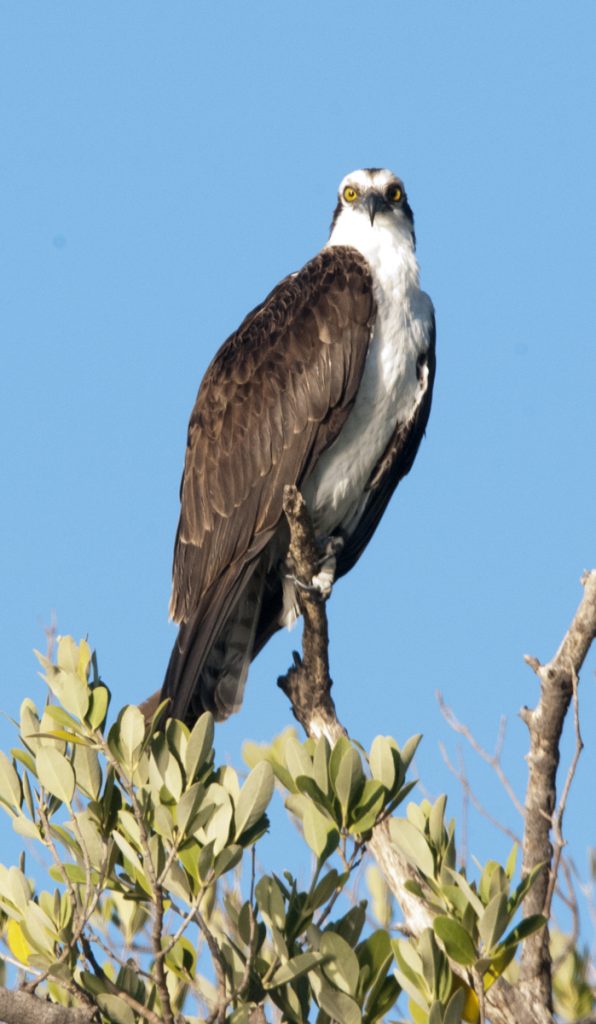

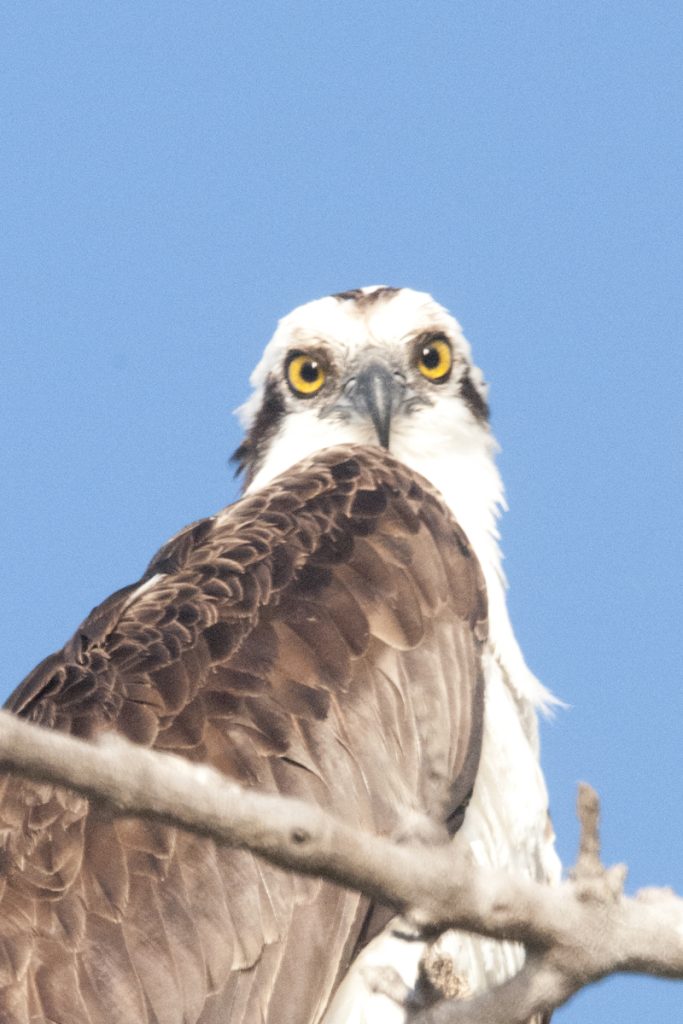
April 12, 2024
Another beautiful day – 65° on the way out 71° on the way back with a nice breeze.
No ducklings today, they may have been up the side creek where they are safe.
Manatees!! I paddled for a half hour with an aggregation of about 4 to 6 manatees! At times four were on the surface at one time. I think that they were mating.


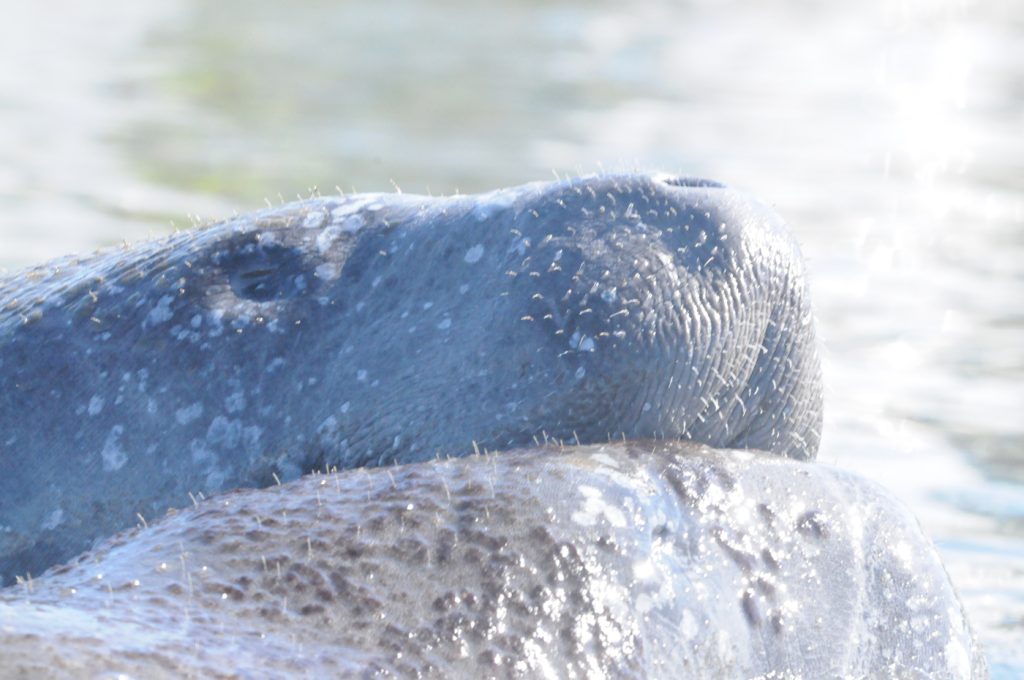





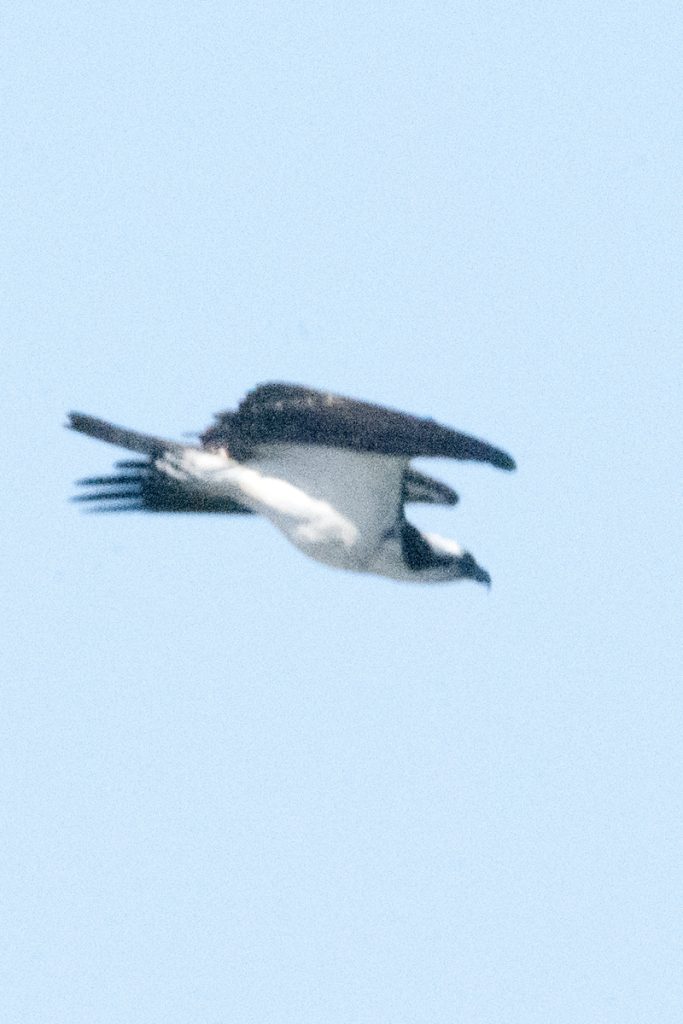






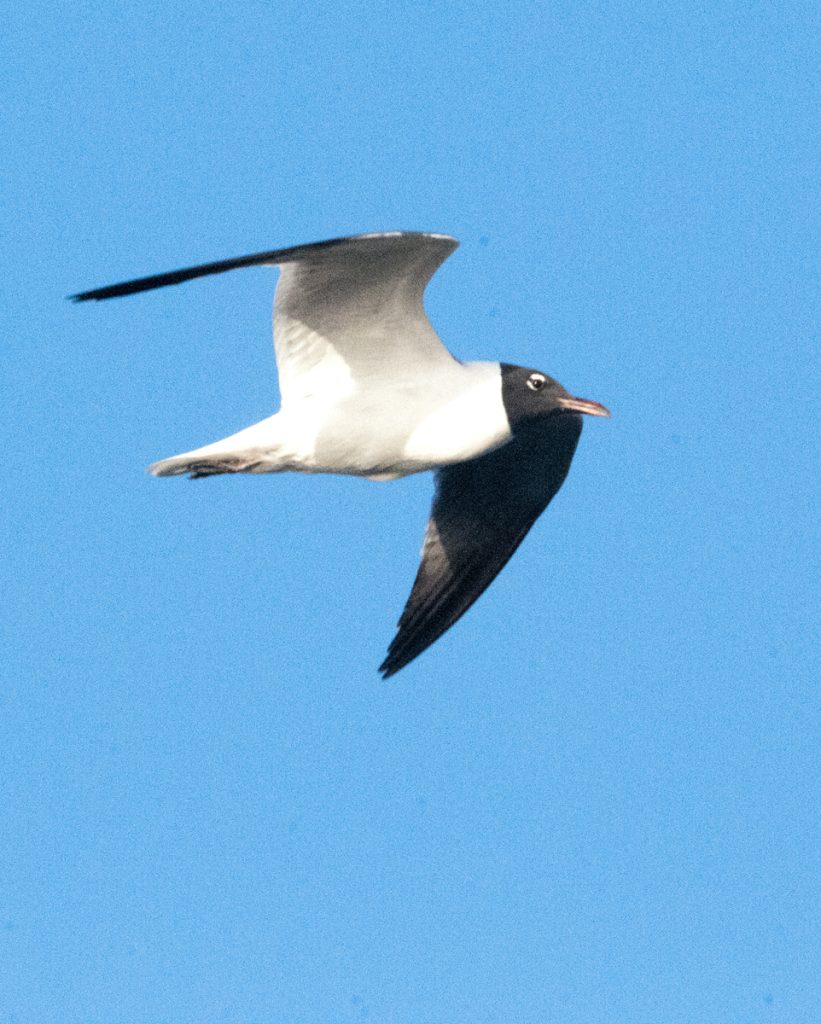


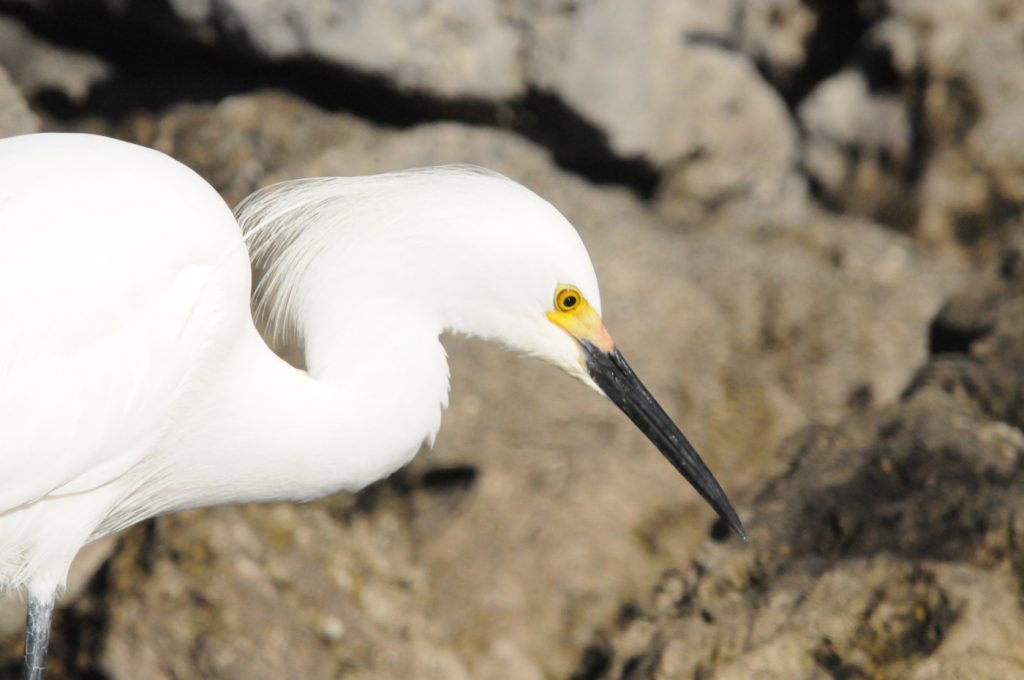
April 10, 2024
The baby ducks were out, six in one brood but only one in the other.
Allan and I saw a manatee! First one in months. I saw him again up at the dam. The water was high enough that I could get to the dam over the pipe crossing the creek.
66° on the way out 75° returning. A few clouds on the way out, clear sky on return, but the wind picked up and I shipped a little water when a wave caught me, my shoulders were telling me that I did a lot of work going against that wind all the way home!
Remember all my photos are taken in a bouncing kayak, so not always perfect!! And the lighting is random, it is what it is!
























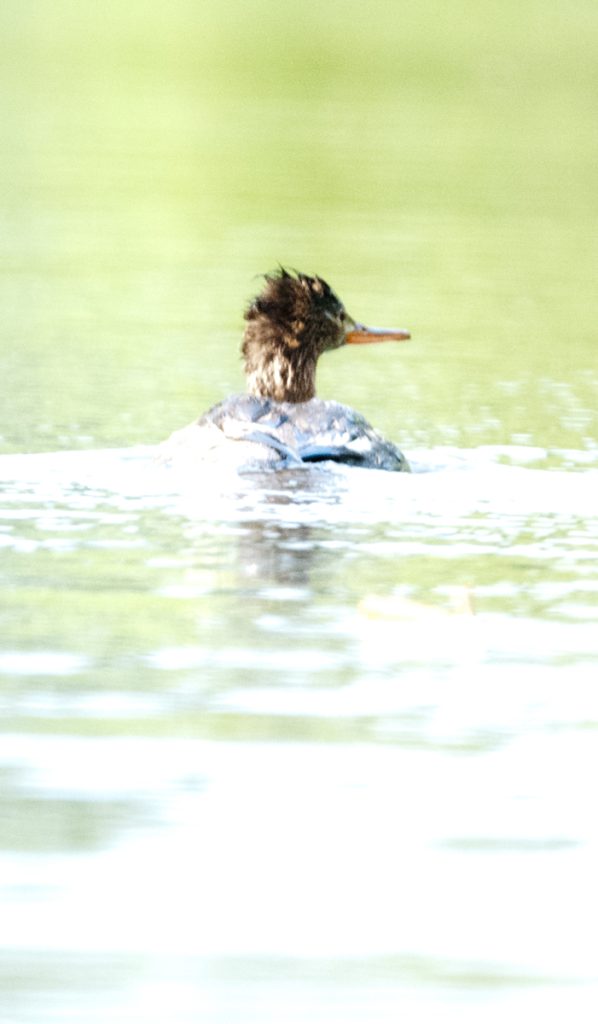





April 7, 2024
Today I spent time taking out invasive species. An amazing plant that sends out a quarter inch runner as much as 100 feet along the canopy of the mangroves. It has large leaves that shade the mangroves and kills them. In addition the many runners get bigger over time and the weight breaks the branches of the mangroves. When the runners run out of canopy they go to ground where that start another plant!
Tomorrow there will be an eclipse of the moon. If you are lucky, you may see the Baily’s beads – light sneaking through valleys on the moon: (https://en.wikipedia.org/wiki/Baily%27s_beads).
.
(https://herrickhomepage.com/wp/eclipse/)
You may note that it took me 24 hours to return home, watch for those long lines and backups after the event.


April 6, 2024
Another great day. Cleaned up some fish line and lures. Two sets of baby ducks out today, 6 in one clutch and 5 in the other.
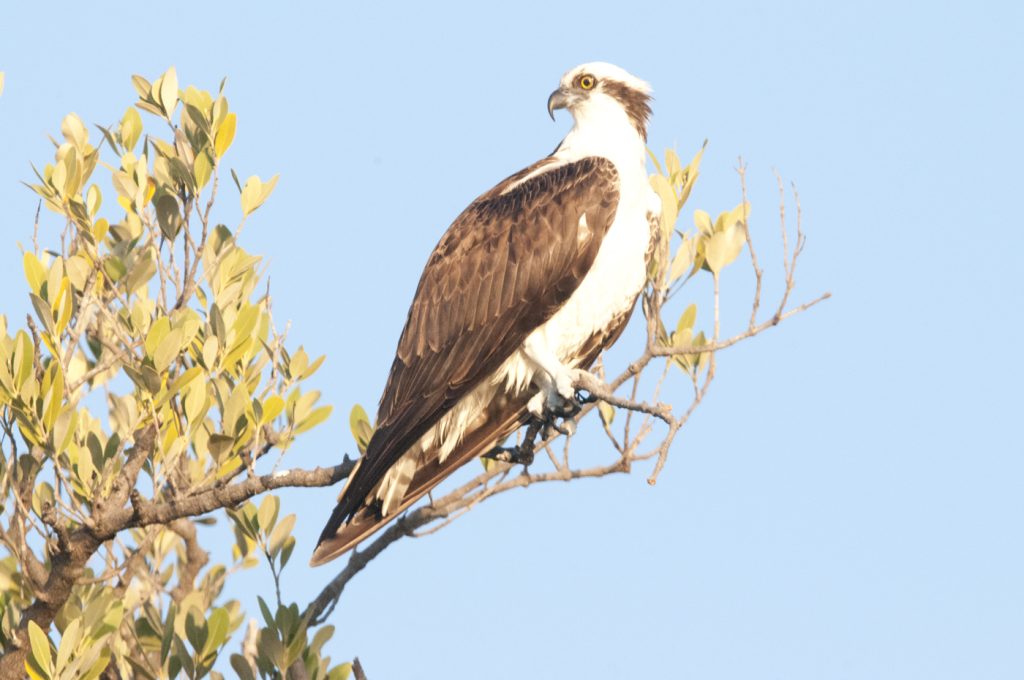









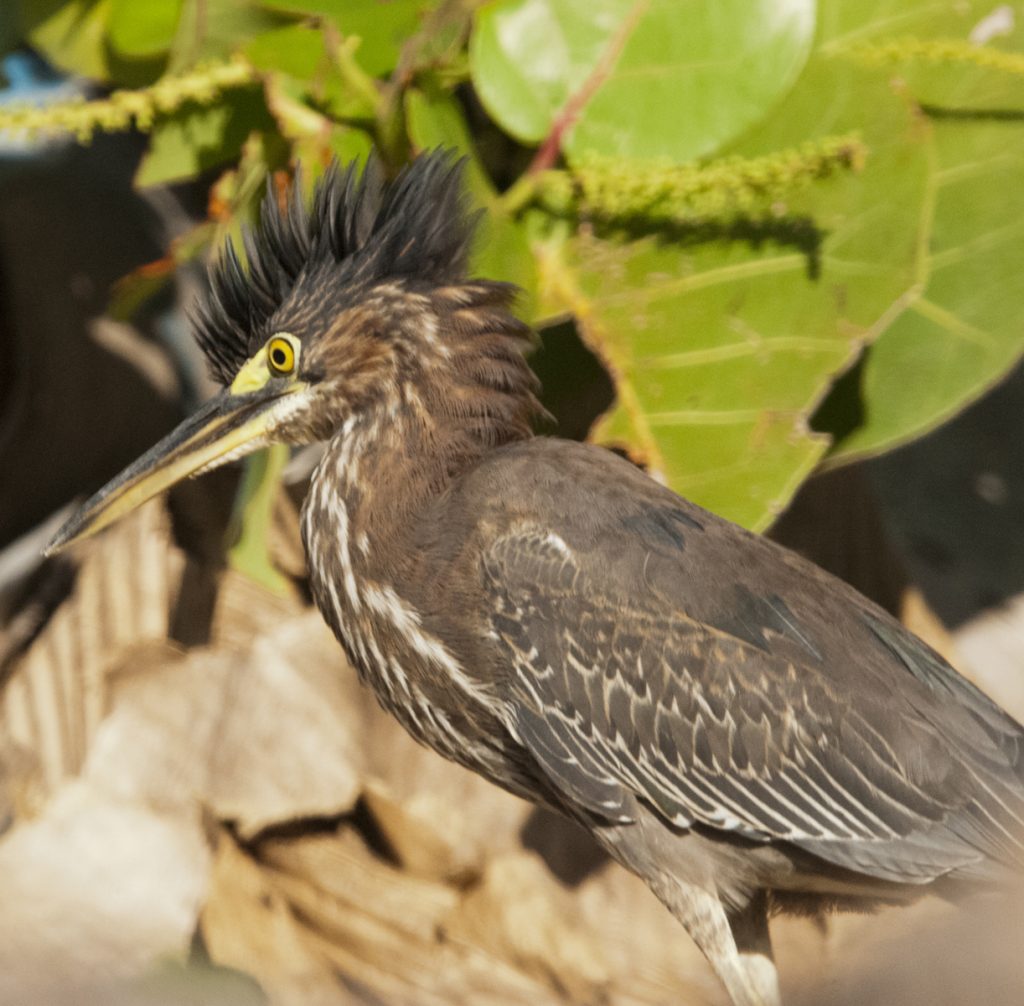



April 5, 2024
We have had a few blustery days! Yesterday a storm came through – 50 mph winds, lightning and thunder shook the place, it dropped an inch of rain in a very short time and then left!
Today there was no wind at first, 65° and full sun! Beautiful. and lots of birds!



















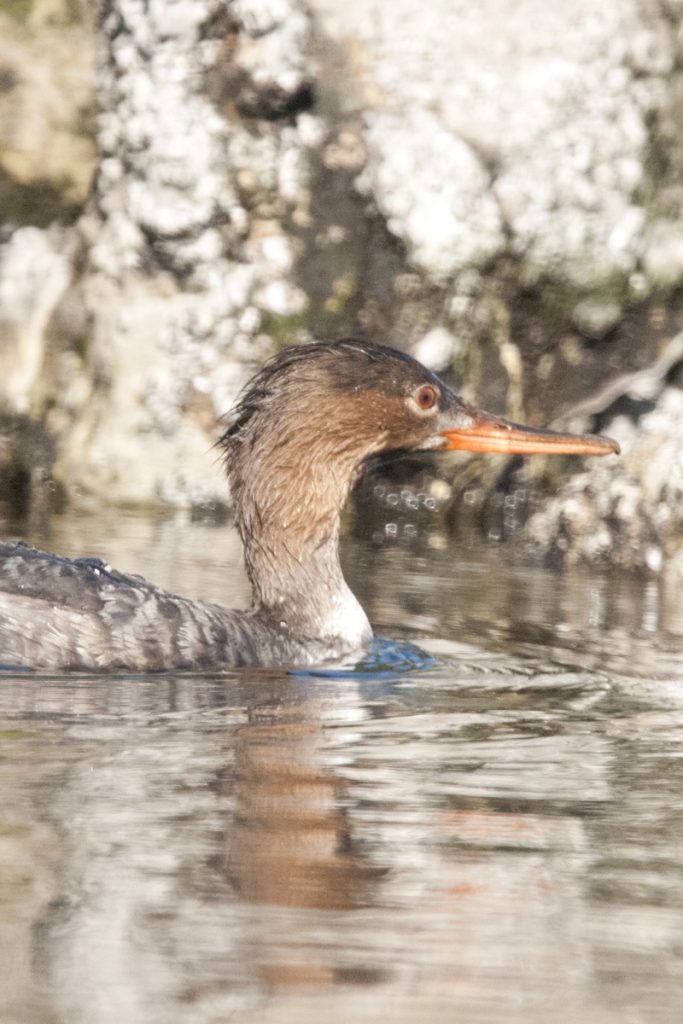

April 1, 2024
Today is “April Fool’s Day”
Until 1751, the calendar had the year end on the end of March. Historically on the first of the new year (April 1) everyone would knock on their neighbor’s door and join in the festivities “ringing in the New Year”. However, when the New Style calendar was adopted, if someone came to the neighbor’s house expecting to celebrate on April 1, they would be met with “April Fool!” instead, hence our expression.
Today was nice – warm and light winds. I decided to go gunkholing and do a clean-up of plastic bags, fishlines and such rather than go up the creek. I did find a netting with floats on either end and a fishline that had 5 hooks spaced along the line about foot apart. I thought that such a trotline was illegal, but I guess not.








